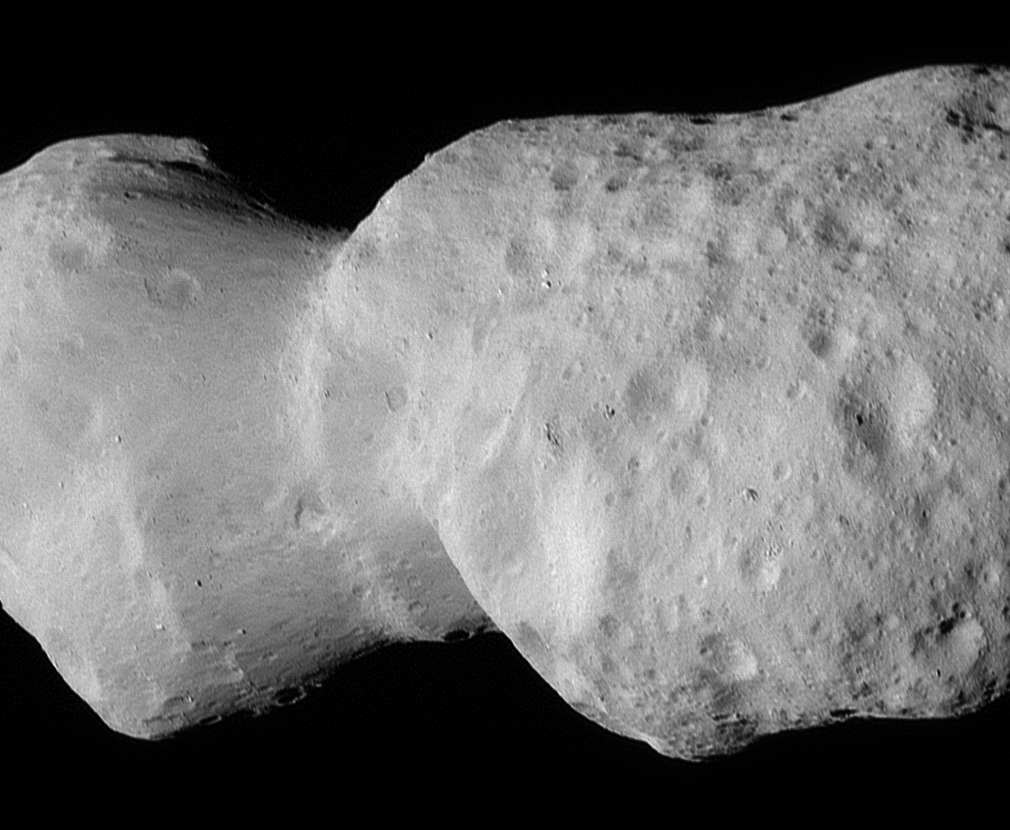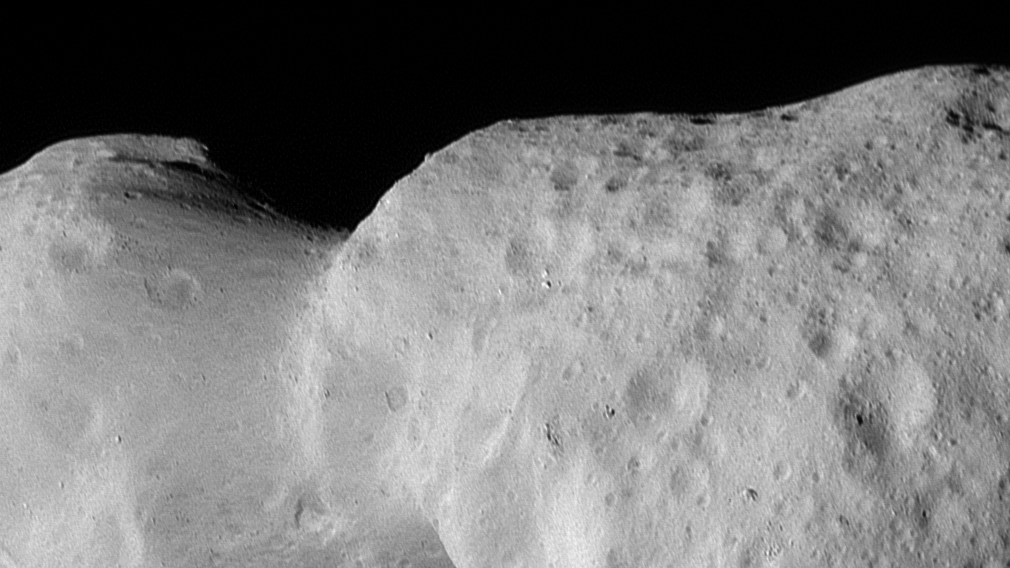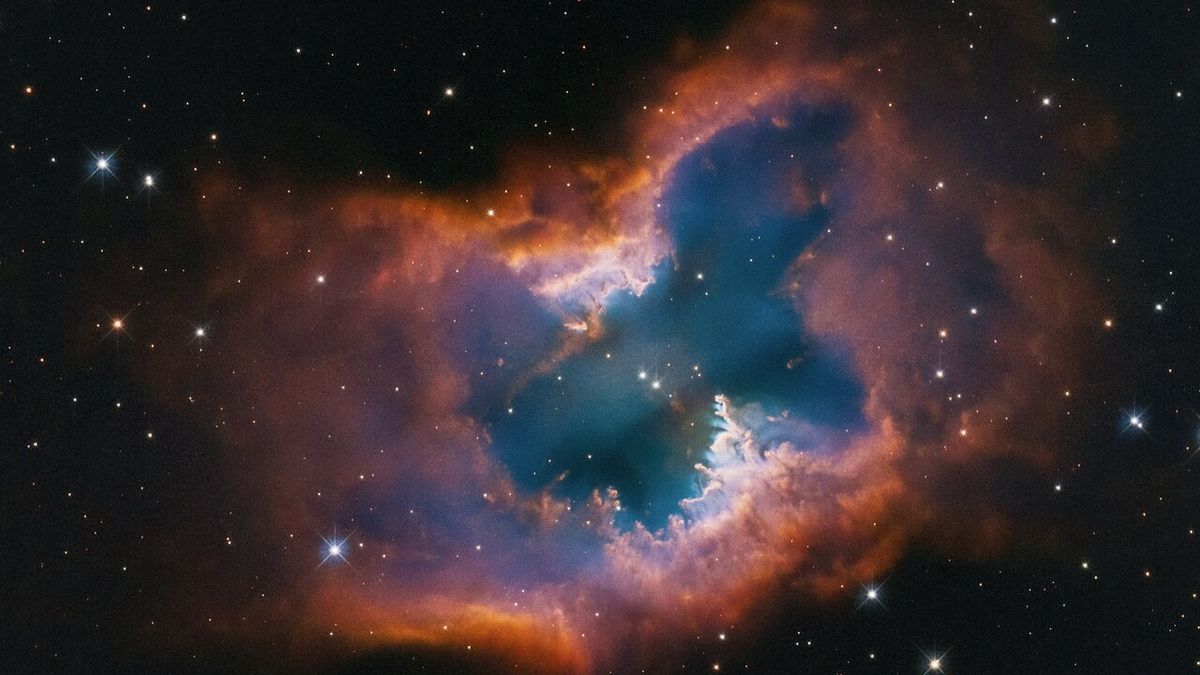NASA's Lucy spacecraft, currently headed toward Jupiter on an asteroid-hopping mission, has captured an impressive close-up of its second target: the space rock 52246 Donaldjohanson.
Lucy launched in 2021, embarking on a 12-year journey toward Jupiter's orbit to study an unexplored swarm of asteroids called Jupiter's Trojans. These asteroids are remnants of our early solar system that share the giant planet's orbit around the sun. Along the way, the spacecraft is also squeezing in time for a few dress rehearsals for its Trojan targets down the road — and on Sunday (April 20), it swooped within 600 miles (1,000 kilometers) of the asteroid 52246 Donaldjohanson, named after American paleoanthropologist Donald Johanson who co-discovered the Lucy hominid fossil in northern Ethiopia in 1974.
Images of the asteroid Lucy took as it approached the three-mile-wide (five-kilometer-wide) asteroid showed wide swings in brightness, suggesting it was either a slowly-rotating rock, appearing brighter when its longer sides faced the spacecraft, or an elongated object. Indeed, close-up images of the asteroid sent home by Lucy on Sunday confirmed both: The asteroid was once two smaller pieces that have conjoined into a larger whole, with a distinct narrow neck between the two lobes.
"Asteroid Donaldjohanson has strikingly complicated geology," Hal Levison, the principal investigator for Lucy at Southwest Research Institute in Colorado, said in a statement. "As we study the complex structures in detail, they will reveal important information about the building blocks and collisional processes that formed the planets in our solar system."
The new images show the asteroid appearing to rotate. However, this apparent motion isn't due to the asteroid itself spinning — which it does at a very slow rate of three years and eight months — but rather the result of the Lucy spacecraft whizzing by during its flyby at a relative velocity of 8.3 miles per second (13.4 kilometers per second), NASA said.

Preliminary analyses of these images suggest the asteroid, which is likely a fragment of a collision about 150 million years ago, is larger than scientists initially estimated — measuring about 5 miles (8 km) long and 2 miles (3.5 km) wide at its widest point.
The images do not technically reveal the entire asteroid, to be clear, as it is larger than the Lucy imager's field of view. The mission team anticipates it will take up to a week to download the remaining encounter data from the spacecraft, which will provide a more complete picture of the asteroid's overall shape.
"These early images of Donaldjohanson are again showing the tremendous capabilities of the Lucy spacecraft as an engine of discovery," Tom Statler, the program scientist for the Lucy mission at NASA Headquarters in Washington, said in the statement. "The potential to really open a new window into the history of our solar system when Lucy gets to the Trojan asteroids is immense."
Following this encounter, Lucy will spend the rest of this year cruising through the asteroid belt toward the Jupiter Trojan asteroids. Its first Trojan flyby, of asteroid Eurybates and its satellite Queta, is scheduled for August 2027.








 English (US) ·
English (US) ·